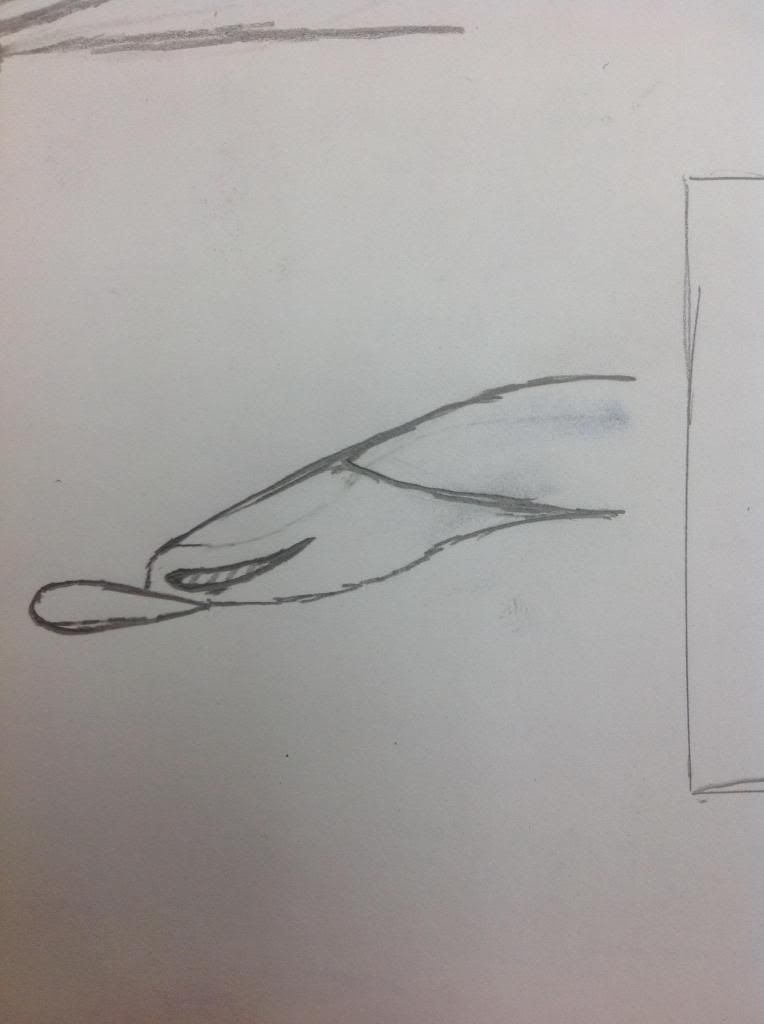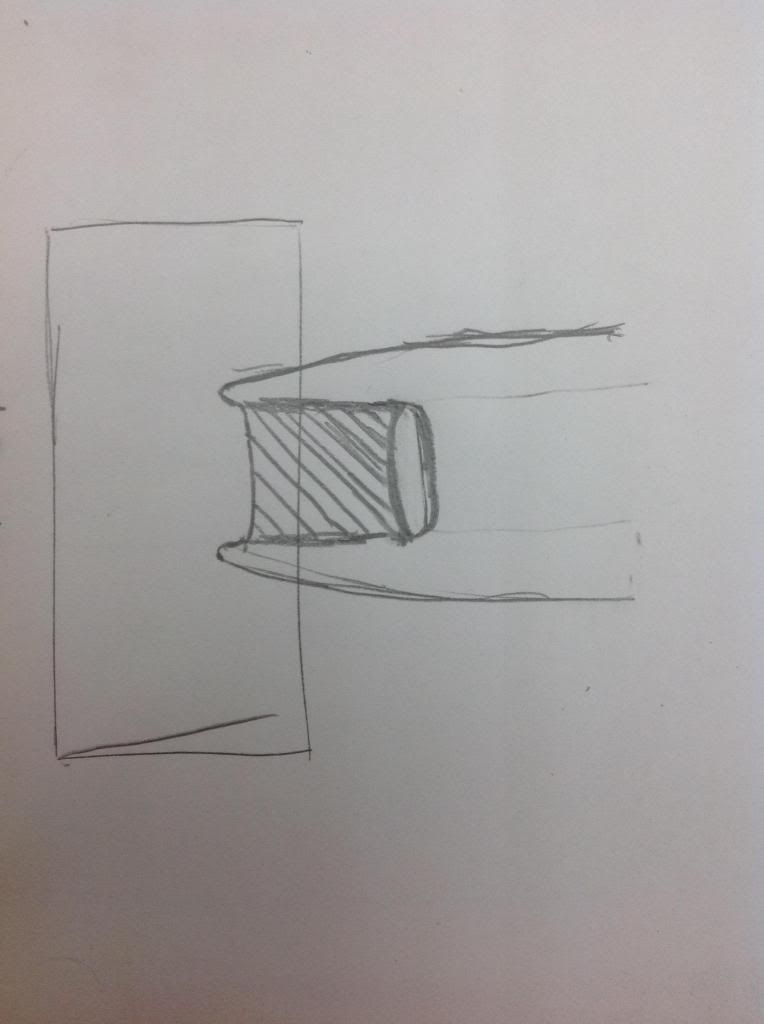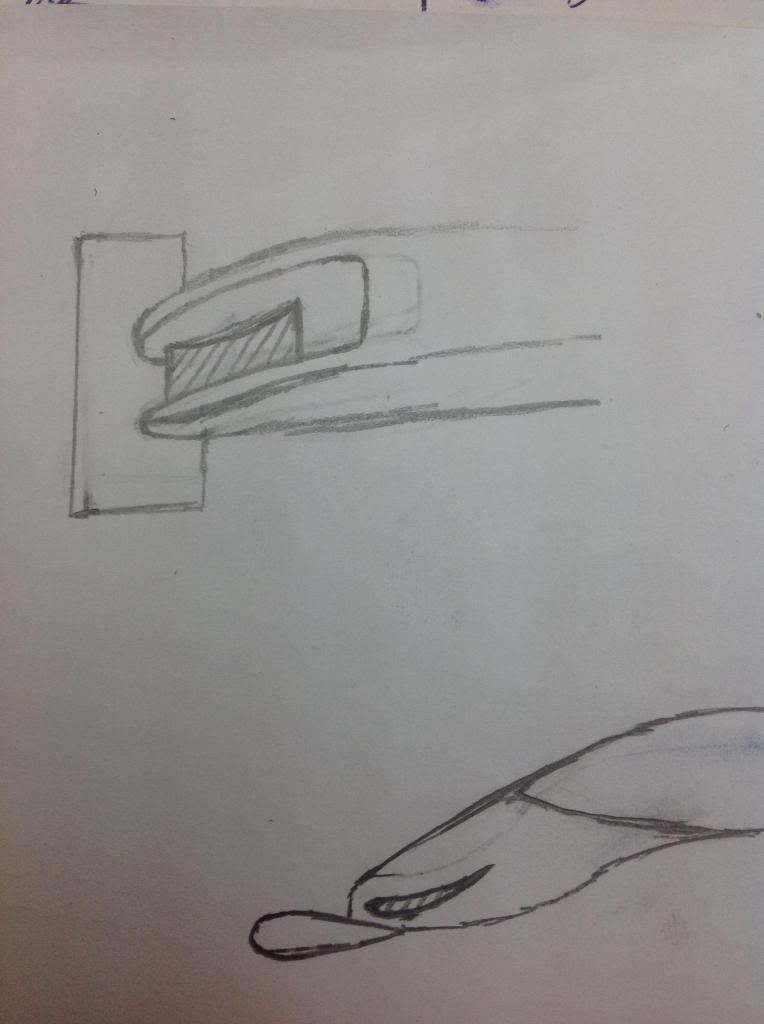trinidefender wrote:Considering that the bridge wing can be made structural it should be able to pass crash tests. A big reason that the lotus tusks are so thick is not only for strength in head on collisions but for collisions at slight angles to the nose. They are singular, long slender structures so there has to be a lot of carbon to take the stress. With this design the bridge wing connects the two tusks which helps with strength quite a lot. The strength comes from the shape. This is why I think that you would be able to make the tusks much thinner than lotus and still pass the crash tests.
beelsebob wrote:Right, of course it could be made to pass a crash test - Mercedes effectively have made a nose exactly like this, but upside down, and theirs passed.
Right, I'll start by referring you to my original comment where I state and fully admit that a Mercedes solution can work, and is in my opinion the optimal solution, so let's all agree on that now. The Mercedes solution is effectively a tusk pair with a panel over the top on one edge, forming a C shaped cross section - whilst it is an open section it has a reasonable stiffness.
Now, lets return to this problem: the cross section as it is draw goes from an I I cross section, to an H cross section, to an I I cross section, to a box cross section. The reason this design would not pass a structural test is that the I I section is, by its very design intent, very thin on both sides - the design exploits this fact to its advantage, if the design didn't exploit this fact there would be no point implementing it. The H cross section, as trinidefender points out, is very similar to the Mercedes design, and can likely be made to pass a crash test (I am referring to this section ONLY). The problem is that this design then goes back to an I I section, and this is where it differs from the Mercedes solution. As before, this I I section is extremely weak, because as before these sections are very thin which not only limits cross sectional area but also sectional stiffness. Both of the I I sections represent areas of extreme structural weakness which will consume very little energy (relatively) to compress and will also be difficult to design such that they fail in the correct manner, again, due to their thinness. Should the I I section between the H and box sections fail prior to the H section (which it almost certainly will due to the smaller cross sectional area therefore higher stress), the H section will not fail in the correct manner either, because the section behind it has failed, allowing it to distort out out plane rather than disintegrate.
As I state in my subsequent post, the solution to this would be to eliminate the I I section between the H section and the box section, which reduces to the C section design of the Mercedes which I already stated is the design I believe to be optimal. The C and H sections have virtually identical cross sections, although the C section is aerodynamically more beneficial as it allows a greater area below the horizontal component for airflow under the car.
tl;dr I agree the concept can be altered to pass the structural requirements, albeit with some difficulty as illustrated by just how long it took Mercedes to get their short nose design out, however this altered solution reduces to the Mercedes solution, which is not novel and as in my previous post, is likely the best solution.
EDIT: reading this back it comes off quite defensive and damning of your design; this is not the intent. I actually like what your design is trying to do, I just feel that when you have worked it all the way through it reduces to the Mercedes design, which is what I believe to be the optimal design, so very well done.







